About Yamba Dam
Yamba Dam is Japan's biggest dam construction project by value, with direct national and local government expenditure exceeding 900 billion yen.
Initially the dam was planned for flood control and water for domestic, agricultural, industrial, and other uses. But, in line with changing social conditions in recent years, demand for water is trending downward and scientific doubts have been raised about the efficacy of the dam for flood control.
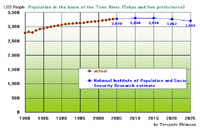
|

|
| (Click to enlarge) |
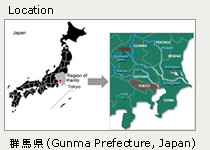 The dam site is in Agatsuma Valley in the town of Naganohara, Gunma Prefecture.
It is a scenic locale of fresh verdure whose blazing autumnal leaves enchant many visitors.
The dam, which would dam the Agatsuma River, would flood an area of 316 hectares, require 422 households to relocate, and affect the lives of 1,100 residents.
The Agatsuma River is a tributary of the Tone River, which flows down through the metropolis of Tokyo, and the dam project is financed by Tokyo and the five prefectures through which the Tone River courses-Saitama, Chiba, Ibaraki, Tochigi, and Gunma.
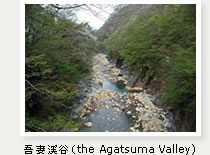 Yamba dam planning commenced in 1952. Japan has suffered much flood damage, and after World War II dams were planned with the principal intention of protecting the metropolis from floods.
The Agatsuma River, however, has the special characteristic of being fed from acidic rivers flowing down from the Kusatsu hot spring, which was held to make the construction of a concrete dam unfeasible.
Planning was halted but then restarted in 1965 after the construction of a plant in Kusatsu to neutralize the acidity of the water.
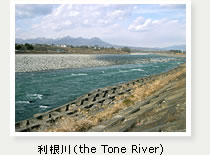 Amid Japan's rapid economic expansion of the 1960s and 1970s, population growth concentrated in cities, municipal water demand grew, and Tokyo and other major urban areas experienced water shortages.
Clusters of dams were built upstream of the Tone River as an important facet of city planning, and Yamba Dam was promoted on the back of an emphasis on the necessity of water for domestic and industrial use.
Yamba Dam will submerge the Kawarayu Onsen hot spring which boasts a history reaching back 800 years and residents of the hot spring town fiercely opposed the project and formed a movement to oppose the dam with the residents of farming villages in the surrounding area in 1965.
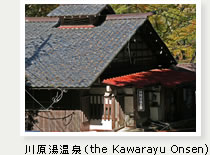 Many regions in Japan have stood up to fight against dams and the fight against the Yamba Dam is known as the largest in eastern Japan.
However, due to the lengthening of the dam project, residents tired of the fight against the power of the state, and in 1992 accepted the project.
Collateral construction began in 1994. The area to be submerged encompasses rail and national roads. While vast civil engineering works began on areas to which residents would relocate, construction of the actual dam has not yet begun. Fragile, volcanic soil makes up the dam site, making construction work difficult.
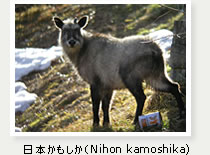 The Ministry of Land, Infrastructure and Transport has now stated its intention to extend the Yamba Dam construction period to 2015.
Amid heightened environmental concerns and a global trend against dams, critical opinion is growing that the Yamba Dam is a wasteful public works project, and in 2004 lawsuits were filed against the project in Tokyo and each of the five prefectures which are contributing to its funding.
Already 3,000 dams have been built in Japan and even as of now, counting only those that involve the Ministry of Land, Infrastructure and Transport, a further 170 are either being built or planned.
Though there is a view that dam construction spreads wealth and creates jobs in regions that have been left behind, the Yamba Dam stands to be indicted on the fact that its planning has exhausted a region, it will desecrate bountiful nature, and it will alienate an established system of sustainable economic development.
The Yamba for Tomorrow Society is actively seeking legal recourse to review and halt the Yamba Dam project as one that is out of step with changing social conditions.
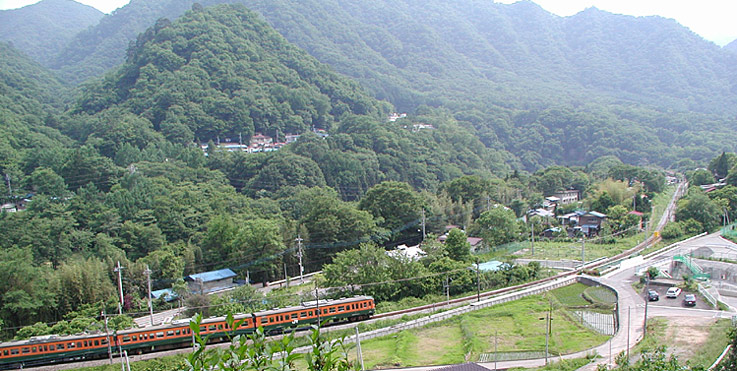
Translation by Bruce Roscoe
Go To Page Top
|








